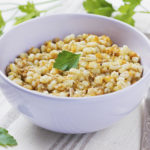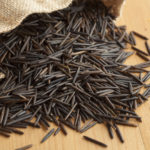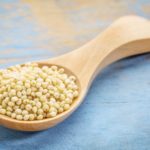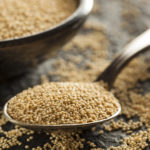Cooking With Grains: Quinoa
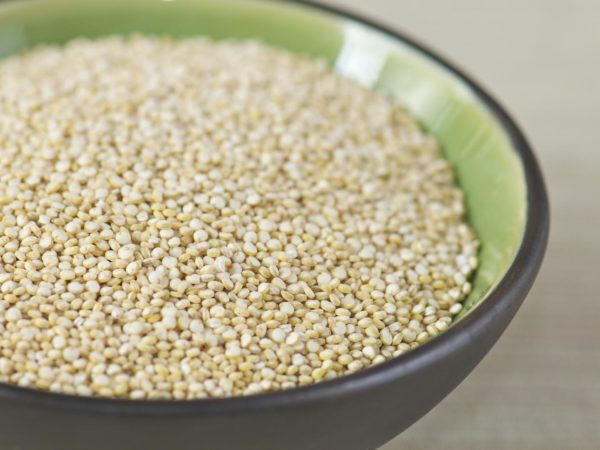
Quinoa, pronounced “keen-wah,” is actually not a grain at all, but a pseudocereal, which means it is the seed of a broadleaf plant, while true cereals are the seeds of grasses. The quinoa plant is a relative of beets, spinach and Swiss chard, but we treat its seeds as we would a grain, preparing and eating them in much the same way.
Available in light brown, red and even black varieties, quinoa is light, yet filling, and has a mellow flavor and a unique cultural heritage. Altitude-hardy quinoa does well in mountainous regions like the South American Andes, where it was known as “chisaya mama” (“mother grain”) to the ancient Incas, who thrived on its nutritious seed, along with potatoes and maize, for thousands of years.
Quinoa is high in magnesium – which helps relax blood vessels, resulting in fewer headaches for migraine sufferers and decreased risk of hypertension and stroke. It is also a good source of manganese, iron, copper, phosphorous, vitamin B2 and other essential minerals, and has the highest protein content of any grain. It is especially high in lysine, an amino acid that is typically low in other grains. Quinoa’s protein is complete, containing all nine essential amino acids – a rarity in the plant kingdom. Quinoa is gluten-free and easy to digest: a must-add to your culinary repertoire.
Once available only in health food stores, quinoa is becoming more mainstream by the day and is easily found in major grocery stores as well.
Cooking time: 15-20 minutes
Liquid per cup of grain: 2 cups
While it’s best to rinse all grains before cooking, pre-washing is especially advisable for quinoa in order to remove the bitter saponin coating on its outer hull that sometimes remains after processing. To do so, simply run cold water over quinoa in fine-meshed strainer, rubbing the seeds with your fingers. (Avoid soaking quinoa, however, as saponins can leach into the seeds.) After rinsing, place quinoa and water in a covered pot and bring to a boil. Reduce heat and simmer for about 15 minutes, until the grains become translucent and the germ appears as a thin white ring around each grain. Fluff with a fork.
Try these recipes with quinoa:


